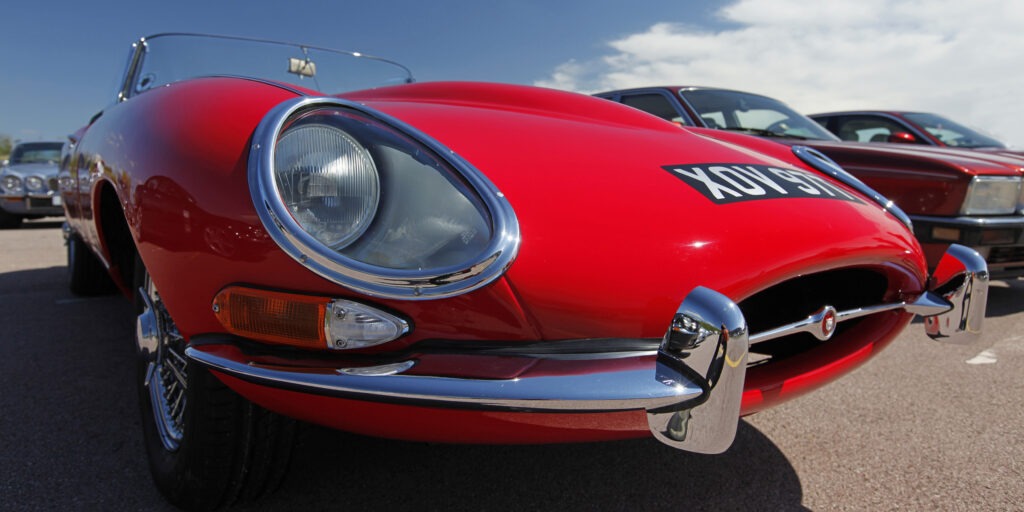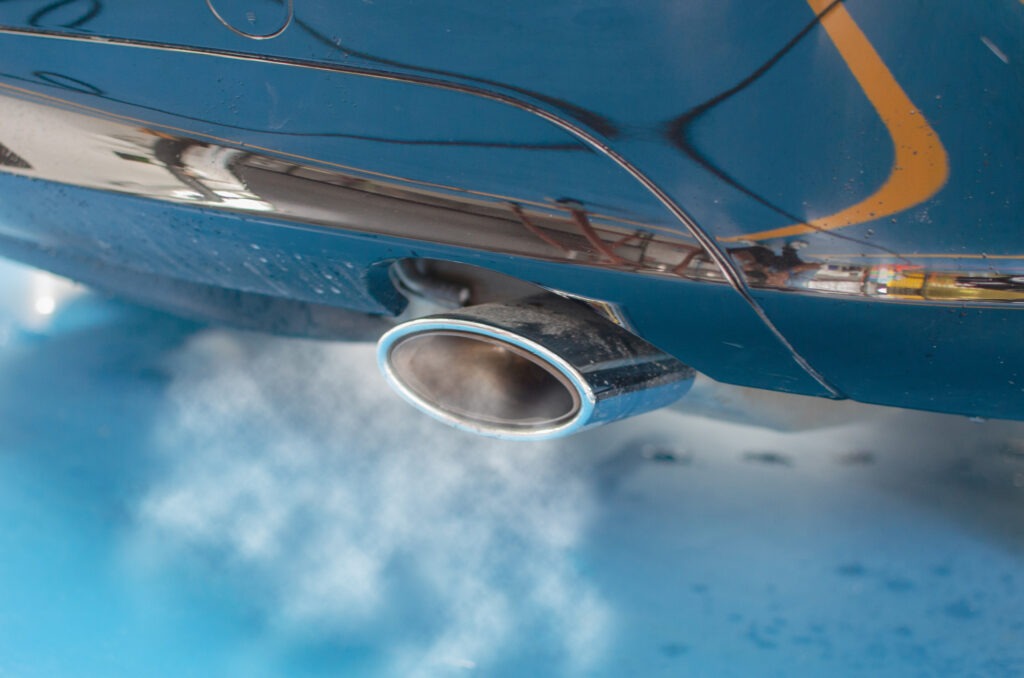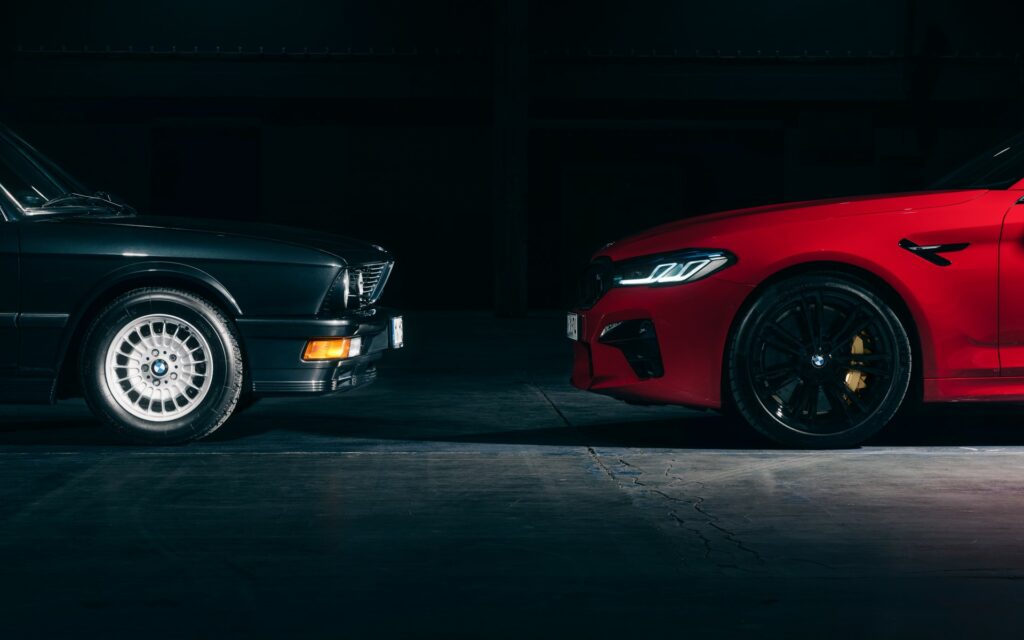How can electric conversions extend the lives of petrol and diesel vehicles?
03 November 2023
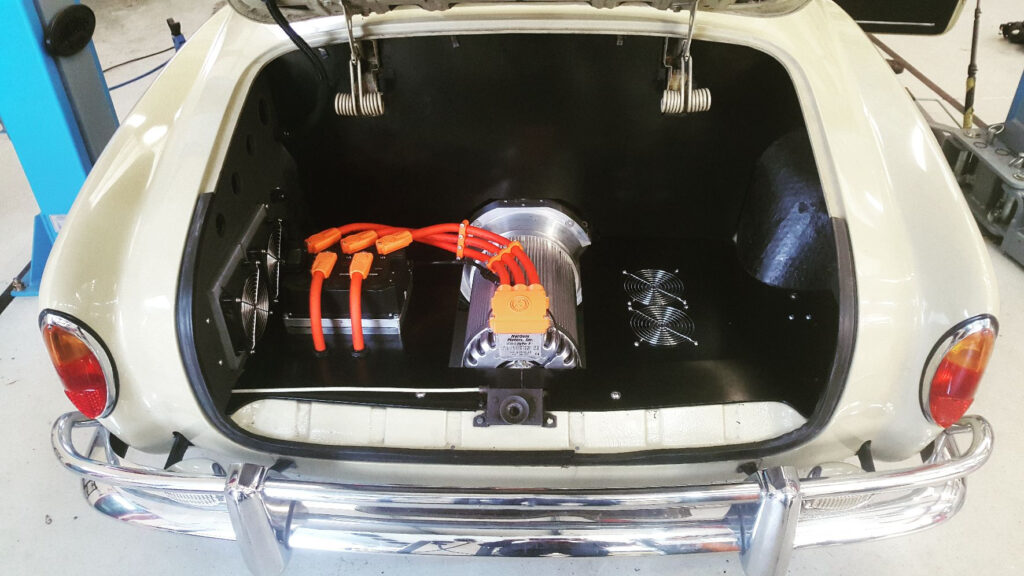
As electric vehicle (EV) adoption continues, the process of converting petrol and diesel-powered cars, vans, and trucks to run on electricity is garnering increased attention. Autovista24 web editor, James Roberts, investigates this growing trend.
Converting an internal combustion-engine (ICE) powered vehicle to run exclusively on electricity offers an exciting alternative to owning a new EV. In terms of sustainability, converting or retrofitting ICE vehicles can extend their lifespan, reduce emissions, and contribute to a greener future.
EV conversions use prefabricated powertrain kits, and the installation time varies from a few hours to a few days, as does the cost, depending on the specific vehicle model. While replacing the ICE powertrain and fuel tank with an electric motor and battery is central to the mechanical process, there is far more work involved.
Despite fewer moving parts, current EV powertrains contain lithium-ion batteries, meaning any conversion will add extra weight. So, the vehicle being converted will often require structural reinforcement to cater for the additional strain on the chassis. Regulations on vehicle conversions vary across the globe. However, in almost all cases, a certified supplier must perform the procedure.
New life for classic cars
The automotive landscape has rapidly electrified in recent years, with several companies emerging to lead the way in ICE-to-EV conversion technology. Many of these pioneers have predominantly focused on converting classic cars, equipping them with a purely electric powertrain.
Currently, the cost of a professional EV conversion can range from around £30,000 (€34,467) up to a six-figure sum. As a more extreme example, British engineering company Lunaz made headlines in 2021 when converting a 4.0 litre Aston Martin DB6, set to go on sale for $1 million (€939,380).
One company specialising in classic car conversion projects is UK-based Electric Classic Cars (ECC). Director Richard Morgan set up the company in 2016, following a growing personal need to use his classic cars as daily vehicles.
He felt the best way to meet the demands of modern motoring was to fit EV technology, beginning with his own classic Volkswagen (VW) Beetle. ‘After realising how much better the old VW Beetle was once it was converted to electric, I decided to set up ECC to offer the same benefits to other classic car owners,’ Morgan explained.
Converting an ICE-powered vehicle to an electric powertrain is far from a straightforward process. However, older cars are generally considered less mechanically complex than their more modern counterparts, making them ideal candidates for electrification. As a result, replacing an older, potentially unreliable engine with an electric powertrain is enticing some classic car owners.
‘Our customers come from all walks of life and have many reasons for converting their pride and joy to electric,’ added Morgan. ‘But they all have one thing in common, they all have a passion for classic cars and want to be able to enjoy them as much as possible without the downsides of maintenance and reliability. The fact that the electric drivetrain gives them a bit more power and has no tailpipe emissions is also a nice benefit that customers are aware of.’
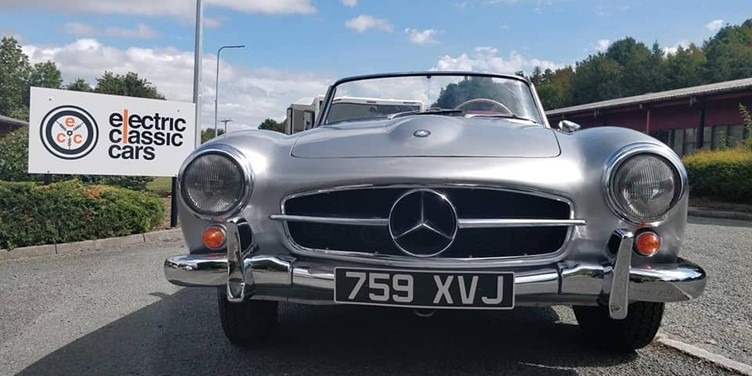
ECC have converted a VW camper van, a Porsche 911, a Range Rover, a Fiat 500 and even a DeLorean. As an example of the powertrains used, the converted Porsche 911 used a 54kWh battery pack to power a twin-motor setup, producing 130hp and 213ft-lbs torque.
‘There will be times when an owner understandably wants to convert an ICE classic car to EV.’ John Mayhead, editor of Hagerty Price Guide UK told Autovista24. ‘The original engine may be unrestorable, or a more reliable, simple-to-operate EV engine may be more appropriate for someone with a disability.’
EV conversion is not just for classics
Around the world, companies are setting up to offer EV conversions aimed at more mainstream automotive customers. Launched in 2018, Paris-based REV Mobilities is one of these businesses. The company focuses on electric and hydrogen conversions spanning passenger cars, classics, and professional fleets, as well as buses, trucks, and construction machinery.
Vehicle engine replacement without the maker’s authorisation has only been legal in France since April 2020. This can only take place provided the process is carried out by a certified professional with the requisite roadworthiness testing. REV Mobilities and Retrofuture founder Arnaud Pigounides, became instrumental in overturning the law, paving the way for legal EV conversions in the country.
Subsidies are now available in France for ICE-to-EV conversion. The country is one of the few nations with an established regulatory framework in this area. This has given Renault an opportunity to explore the conversion market. In 2022, the French OEM became the first major carmaker to partner with Phoenix Mobility, a company specialising in the conversion of commercial vehicles to electric power.
Moving into the world of heavy-goods vehicles (HGVs), Renault has converted a 12-tonne diesel truck to run purely on battery power. This project was carried out in collaboration with Novumtech, complete with financial support from the French Agency for Ecological Transition (ADEME).
The HGV was retrofitted with an electric motor and a 210kWh lithium-ion battery pack. To complete the conversion, a 22kW on-board charger was also fitted alongside an electric air compressor for suspension and braking, as well as an electric hydraulic pump for power steering.
Renault is also interested in classic car conversions, and in early 2023, linked up with R-Fit. This French company provides electric drive kits for Renault 4, Renault 5, and the first-generation Twingo models.
‘In addition to the circular economy created by these new electric-engine fits, the electric retrofit kits offer a solution that combines the pleasure of driving with savings and reliability without taking anything away from the style and the original designs of these well-loved timeless classics,’ commented Hugues Portron, director of The Originals Renault – la collection.
A growing market
Converting an ICE vehicle to electric power is not an inexpensive endeavour, putting the process financially out of reach for many owners. While older vehicles are more suitable for retrofitting due to their relative simplicity when compared to newer models, not all are compatible with electric conversion. Charging times and range are also dependent on specific battery packs and vehicle combinations.
As seen with Renault, automotive companies are considering the electric conversion of commercial vehicles. However, carmakers will be curious to find out how converting a vehicle impacts its residual value (RV), as converting a vehicle for personal use will remain a niche, but compelling automotive demographic, for the foreseeable future.
‘In terms of values of classics converted to EV drivetrain, Hagerty has seen very little data with which to create accurate RV forecasts,’ offered Mayhead. ‘But expect that the current high cost of conversion will be unlikely to be recovered within the short term. That means a conversion should really be seen as a personal choice rather than a method of increasing value in a car.’
